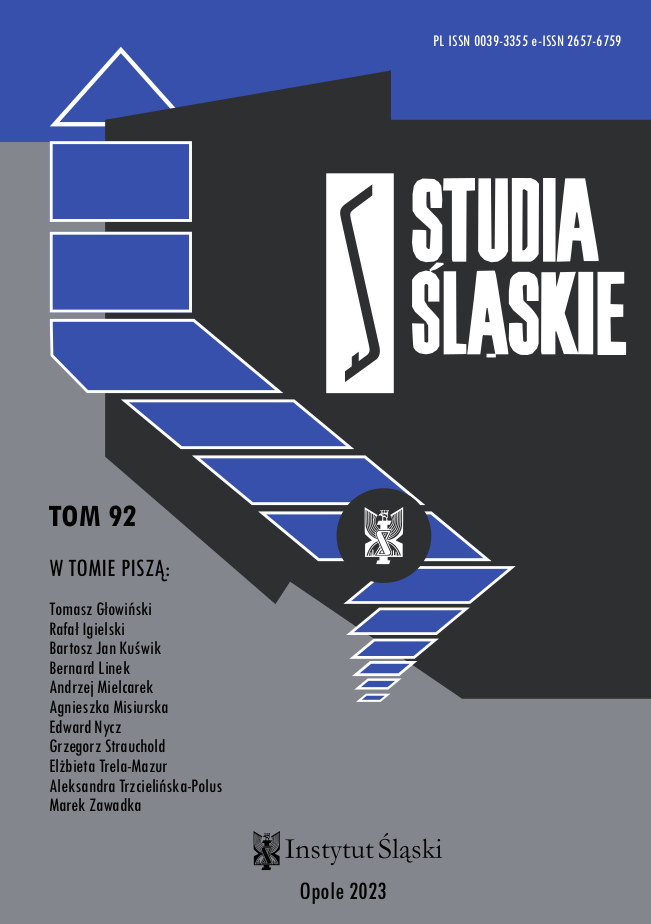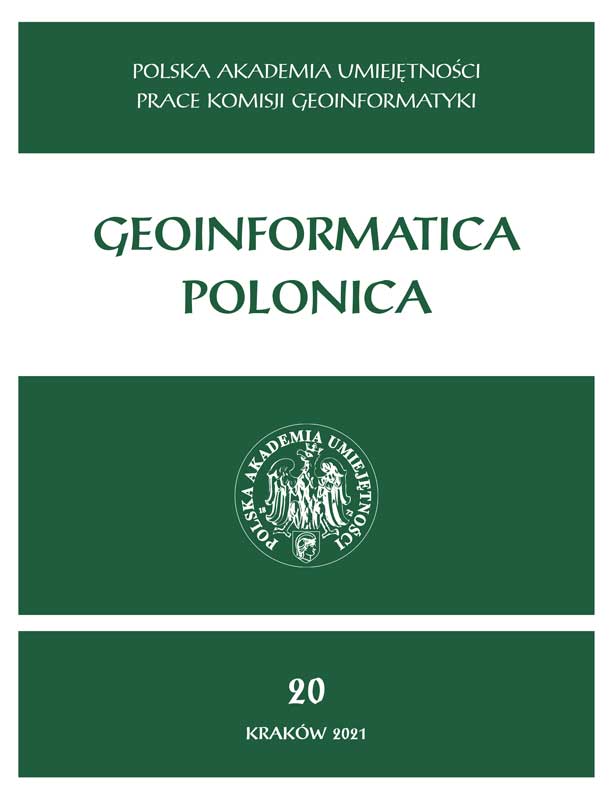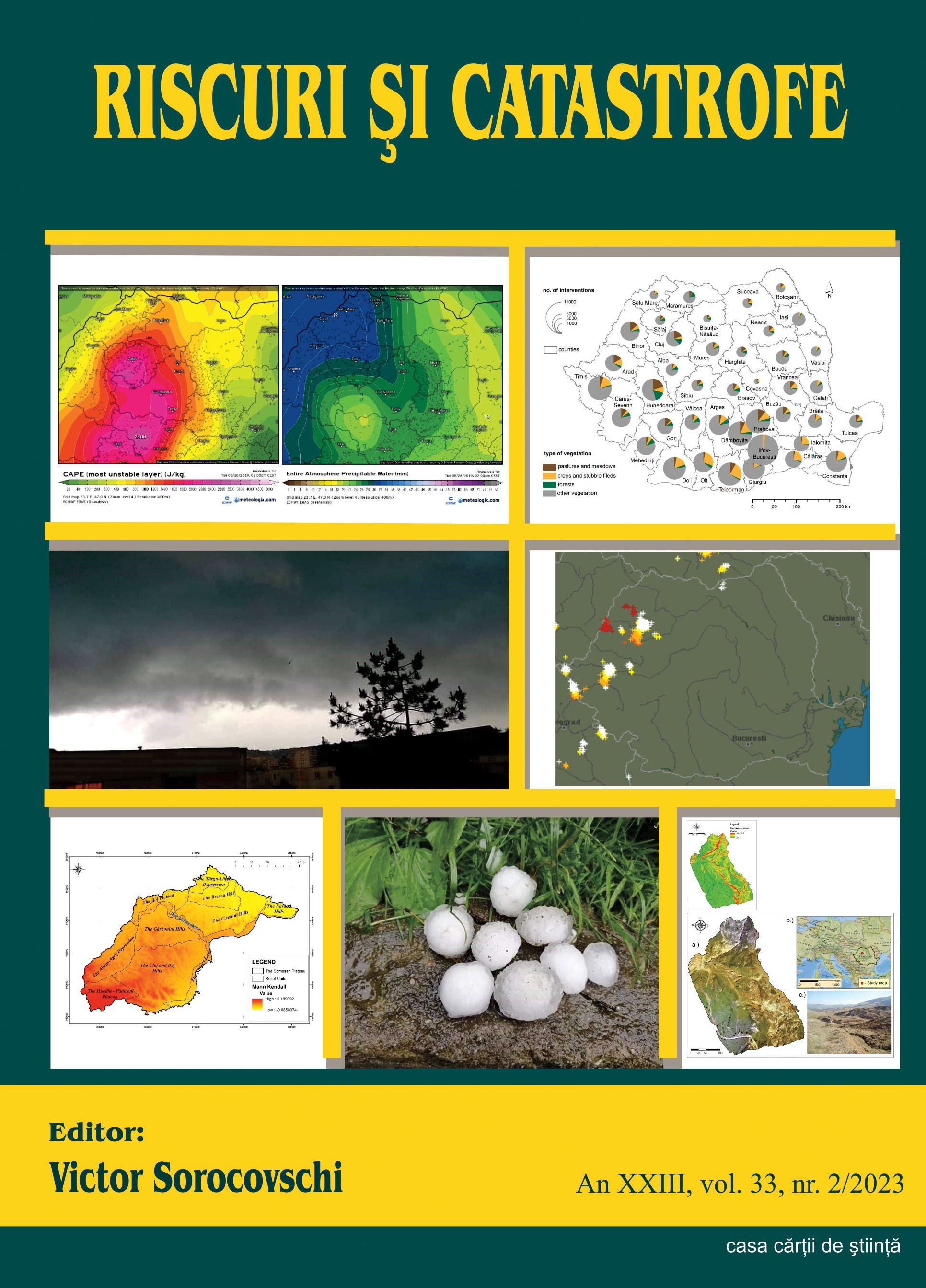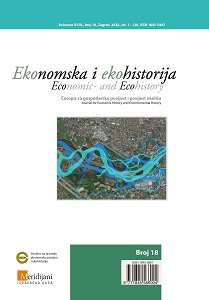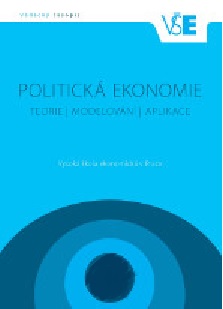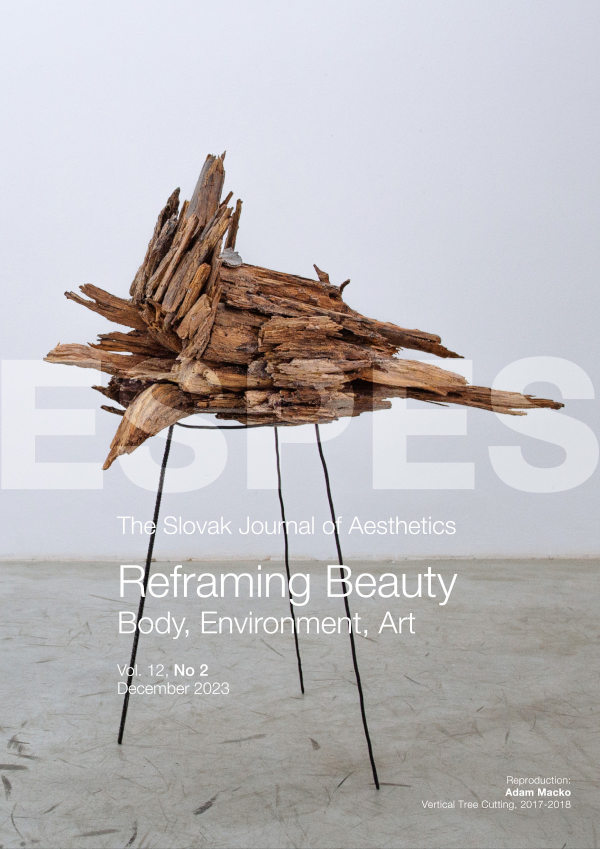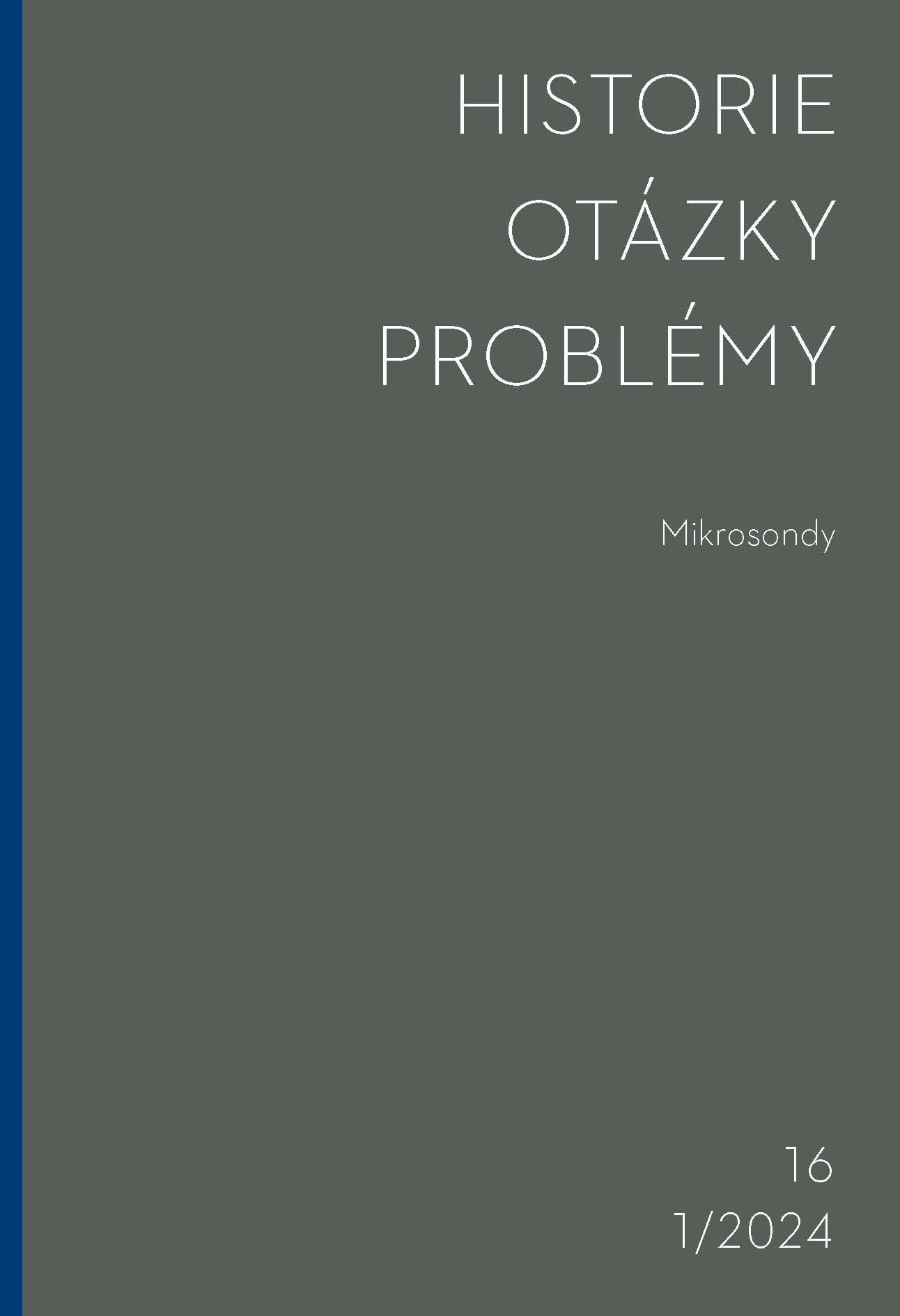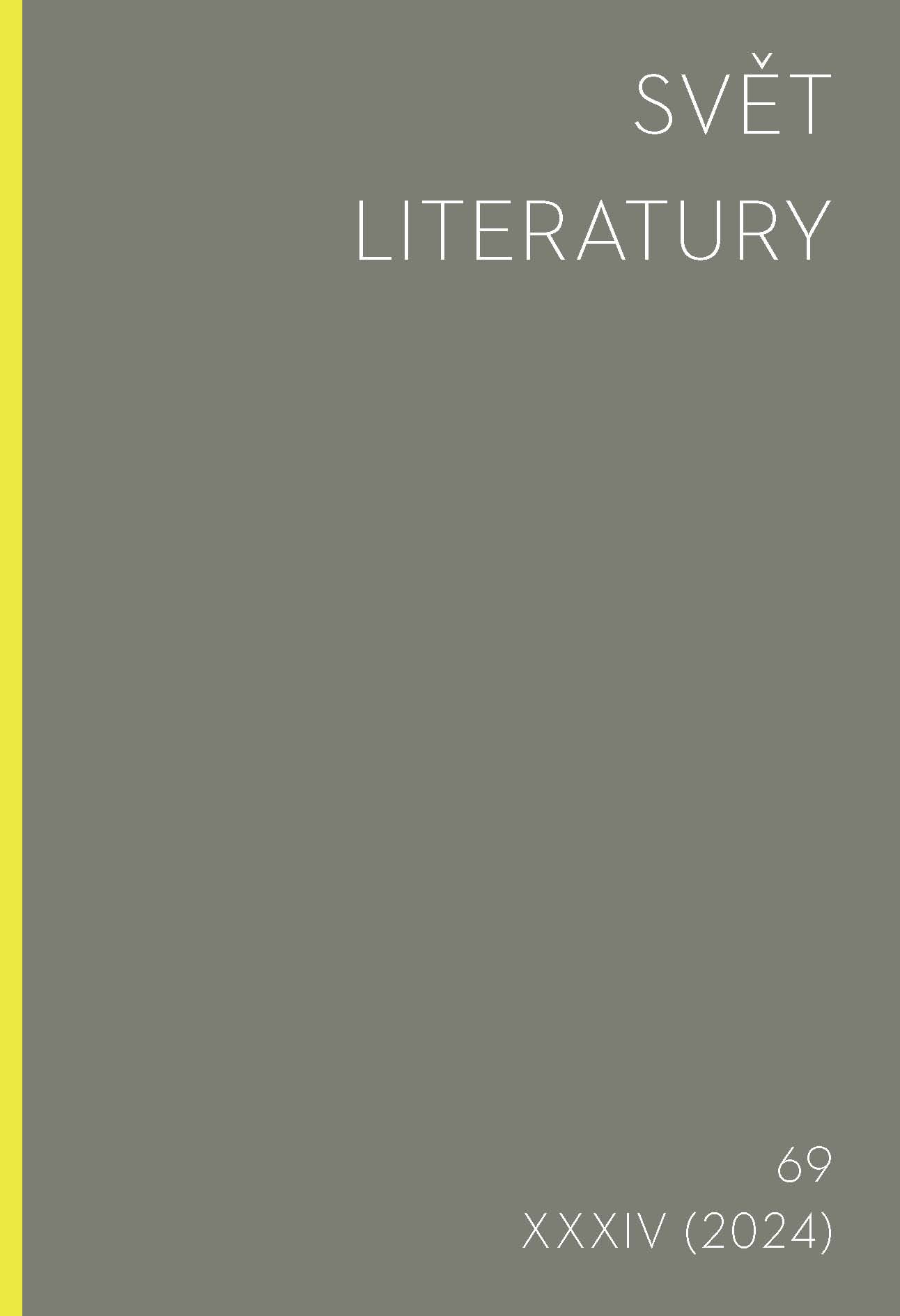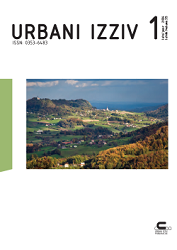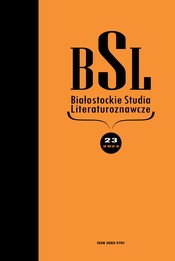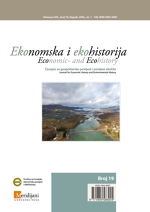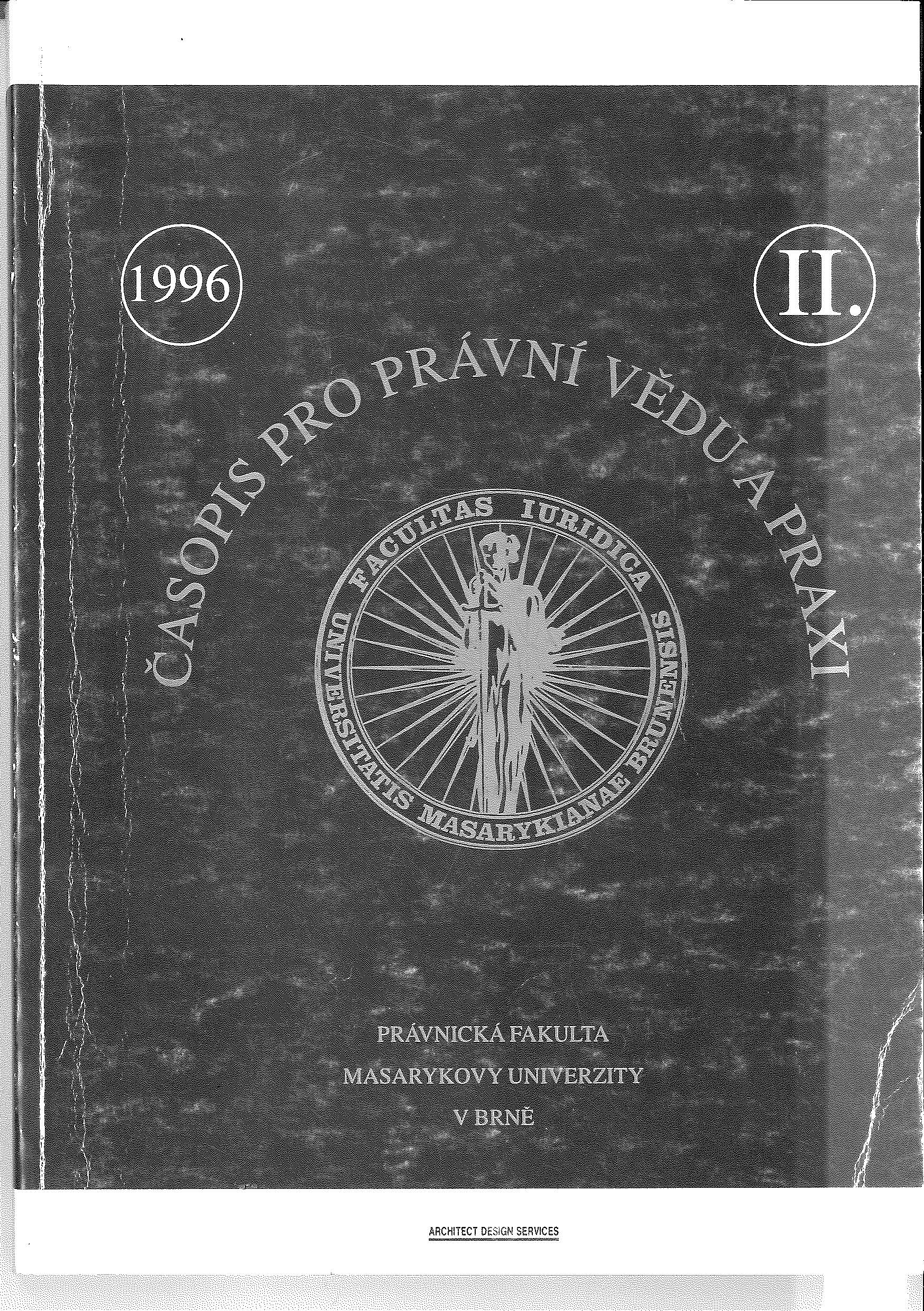
Ochrana životního prostředí a správní řád
The purpose of this contribution has been to analyse some problems regarding the application of the legal order (of Act No. 71/1967 Col I., on Administrative Procedures) during proceed of decision-taking by the agencies of the state administration in the sector of environmental protection. The valid legal regulations in this respect are dispersed into the legal regulations of a variety of branches, Act 17/1992 Col I. On Environmental Protection does not contain the general rules concerned with decision-taking in the sector of environmental protection. Within the framework of considerations of lege ferenda it is of great advantage to reason about gradually unifying the legal regulations, with a tendency of putting throu gh the so-called integrated decision-taking in questions related to environmental protection, where the administrative procedure would be limited to issuing the final decision only (permitting or Prohibiting certain activities). On the contrary, on expressing certain views, s tandpoints opinions or issuing approvals, preceding the final decision both in rem and also chronologically, there would be no need to proceed according to the legal regulations.
More...
